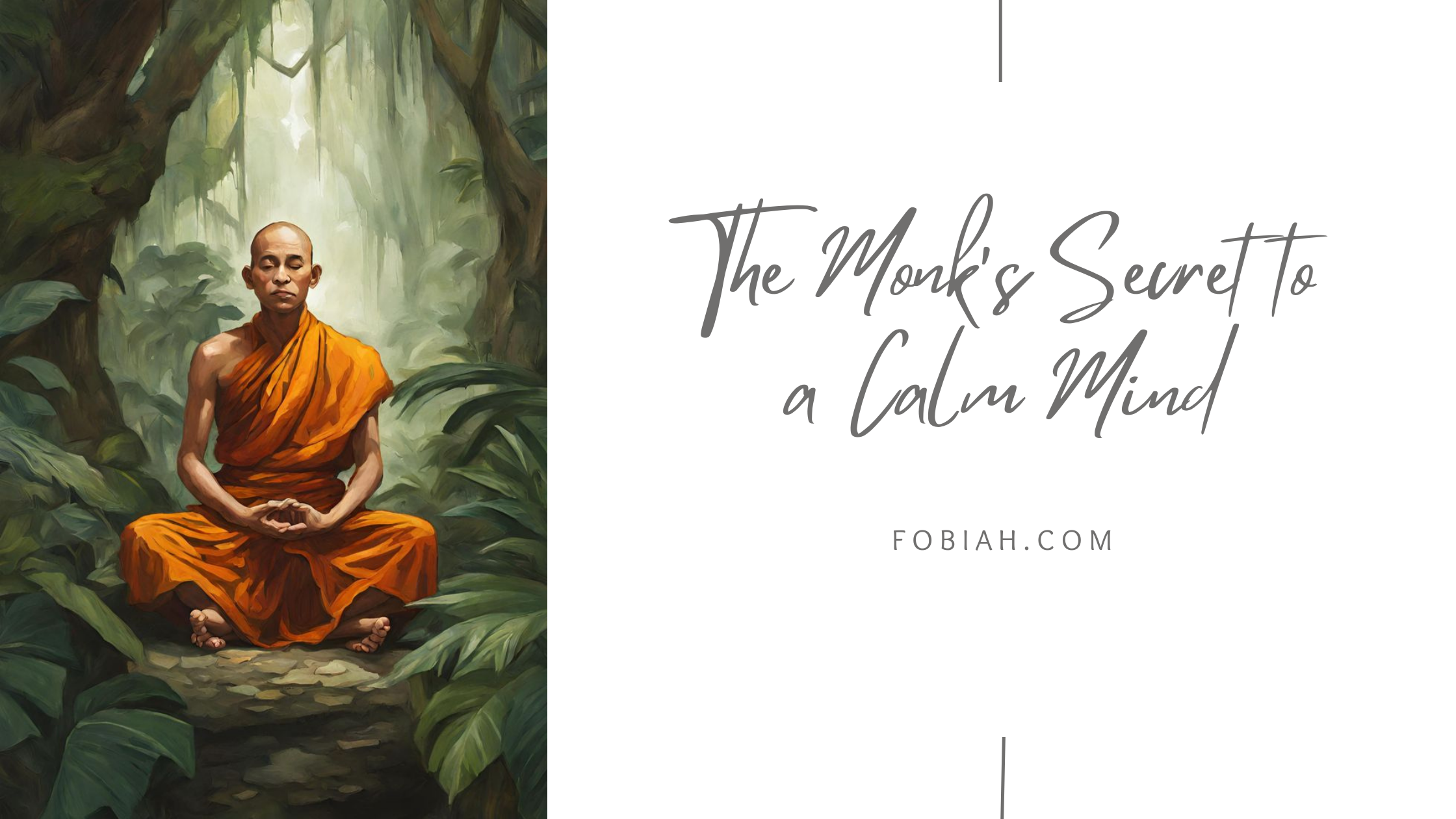Exploring the Roots of Ayurveda
Sanskrit word, Ayurveda translates as ‘life knowledge’. Ayur means Life and Veda means Knowledge. Ayurveda talks about perfect health, which can be achieved through a ‘balance between body, mind, spirit, and social well-being.’ Also regarded as the “science of life”, Ayurveda was first introduced in our ancient text, the ‘Vedas’, which are regarded as sacred and the most insightful texts on life knowledge.
Ayurveda is an ancient medical science that finds its roots in the Indian subcontinent. The highlight of this ancient medical practice is their traditional medicine (TM) which is prepared from a mixture of herbs, plant-based oils, and fruits. These herbal concoctions have both curative and preventive measures for attaining better health.
Contrasting Approaches: Ayurveda vs. Allopathy
Allopathy on the other hand is in stark contrast to Ayurveda and relies upon inorganic substances to treat ailments. Ayurveda as a treatment method for the human body is preventive, curative, mitigative, and recuperative. It is also individualized; and recommends naturopathy treatment (i.e. tapping into the body’s natural tendency to heal by not using medicines), and various suitable diet regimens based on a person’s composition.
Ayurveda: Treatment based on individual ‘Prakruti’
According to Ayurvedic principles, Healthcare is very subjective as it says, that, every individual has a different ‘Prakruti’ or Constitution.
This individual physical constitution or ‘Prakruti’, of an individual, is determined by three bodily energies (Pitta, Vata, Kapha), linked to the core and common universal constitutional elements Earth, water, fire, space, and air.
Elements of Ayurveda: Pitta, Vata, and Kapha
Pitta: Element linked to, is fire. It is known to control the digestive and endocrine systems. Individuals, with predominant energy force in this element within, are said to be fiery in temperament. When this element is misbalanced, ulcers, inflammation, digestive problems, anger, heartburn, and arthritis can result.
Vata: Element linked to, is air and space. It is known to control bodily movements such as Breathing and Blood Circulation. Individuals, with predominant energy-force in this element, are people who are lively, creative, original thinkers. When this element is misbalanced, constipation, dry skin, joint pain, anxiety, etc. can result.
Kapha: Element linked to, is Earth and Water. It is known to control Growth and Strength and is linked to the chest, torso, and back. Individuals, with predominant energy-force in this element, are people who are generally calm in nature and strong-willed. When this energy is out of balance, Obesity, diabetes, Sinus Problems, Insecurity, and Gallbladder issues can result.
“We choose to see or hear, what we want to, in other words, eyes can only see to the extent a person’s mind can comprehend.” Probably because of this, the knowledge of Ayurveda might have been distorted in its essence.
Regulation and Market Dynamics
Ayurvedic medicines are found in the classical forms i.e. churn (powdered medication), fermented products, medicated oils, and decoctions; whereas the more modern forms of Ayurvedic medicines are capsules, lotions, syrups, ointments, liniments, creams, granules and so forth.
World Trade Organisation under the GATT trade agreement has a separate clause for TM, which further paved a path for Ayurvedic medicines in the market. Ayurveda, just on the similar lines of Chinese Traditional Medicine has a significant share in the market.
The Drugs and Cosmetics Act of 1940 had undergone further amendment as the Drugs (Amendment) Act 1964 (13 of 1964) to accommodate Ayurvedic and Unani drugs. Section IV-A of the Act emphasizes the definition of what constitutes and does not constitute Ayurvedic medication. The act also vests the roles and functions of the Ayurvedic, Siddha, and Unani Drugs Technical Advisory Board. The board monitors quality and regulates the import and export of the drug.
In the present day, Ayurvedic medicine is an independent industry of its own. The Government of India has introduced measures to popularize Indian TM through a scheme called AYUSH (Ayurveda, Yoga, Unani, Siddha, Homeopathy), but Allopathic medication remains largely popular.
Comparative Analysis: Ayurveda in Contemporary Society
A survey taken in 2015, by the National Sample Survey Office (NSSO) has recorded that 90% of Indians are inclined towards allopathic medication, and this trend has been recorded in both urban and rural India.
According to the University of Minnesota’s Centre for Spirituality and Healing, more than 90% of the Indian population use Ayurveda, in one form or the other. These different forms in which Ayurveda is attained today, knowingly or unknowingly, are tied together through a holistic string but are vastly un-unanimous in approach.
Although the two reports mentioned above may appear to be in stark contrast to each other, they reveal an interesting revelation. The main inference from this study can be summarized in the phrase “You can’t take the Indian-ness away from an Indian.” Even though most respondents stated they take allopathic medication for faster recovery, many of them still use Ayurvedic products, either in the form of medication or homemade herbal remedies, whether knowingly or unknowingly. This is because Ayurveda is inherently woven into the fabric of Indian society.
In this study, we aim to understand people’s perceptions, consumption patterns, and overall outlook on Ayurvedic medicines.
ResearchMethodology
- Short semi-structured questionnaire with questions using the principle of reverse psychology.
- Interviews conducted with a random sample of participants.
- Field visits to Ayurveda stores.
- Secondary research including policy documents such as the Drugs and Cosmetics Act 1940 and Drugs and Cosmetics Act Amendment 2008, NSSO Survey, blog posts and videos that review Ayurvedic products.
Personas: The Various Perceptions around Ayurveda
1. Niranjan, Age: 37, Profession: Statistical Officer: “holy grail in childhood, but I don’t use it anymore“
- In my growing up years in Ghaziabad, I was an extremely active child who would go to school and then play for long hours post-school.
- My father was a doctor by profession, but my mother advocated the opposite i.e. to have more natural products and home remedies.
- So, the kitchen shelf always had Chywanprash and Amla, as my mother believed it provided strength to keep up with an active lifestyle.
- Interestingly, D****’s factory was not very far away from our house.
- Till my school days, I consumed a lot of these natural products, but after entering college, the habit eventually phased out somehow.
- Now here in the UK, there is not much of a chance since herbal medication is not accessible here.
2. Pratul, Age: 31, Profession: Researcher: “Parents Use Ayurvedic Products, but I prefer Allopathy“
- My mother, who lives back home in Patna, prefers Ayurvedic cosmetic products because she believes they are effective with no side effects.
- She has favored Ayurvedic products since her early days.
- Even for her chronic diseases, she relies on Ayurvedic medicine because she believes it cures the disease from the root, whereas allopathic medicines may provide temporary relief and the disease could resurface.
- I prefer allopathy over Ayurvedic medicines because it is practical, takes effect more quickly and is easily accessible.
- I think Ayurvedic medicines work a lot slower, if at all.
3. Nairika, Age: 29, Profession: Coordinator: “I couldn’t feed my child Ayurvedic medicines as the doctors in the US recommended otherwise, as there’s high lead content in them.“
- I was considering feeding my three-year-old, Ayurvedic supplements which I had consumed in my childhood.
- My doctor here in the US recommended to not feed her the Ayurvedic supplements as they contain lead.
- So, I have decided to not give my child any Ayurvedic medicine.
- I stopped consuming these supplements myself also.
4. Monica, Age: 46, Profession: Homemaker: “I like to alternate between the two“
- I have always been a consumer of both ayurvedic products and allopathic medicines. I like to alternate between the two and have been doing that most of my life.
- My husband and I are ardent followers of the yoga guru Baba ******. We have been following him for a very long time.
- After ******* was launched, I was convinced to try their products because of my longstanding faith in him. I purchased a plethora of products ranging from tooth pastes, face-wash to achaar and oil and other products.
5. Amit, Age 25, Master’s Student: “Not much concerned whether“
- I prefer to live my life on the edge, and in my growing up days, my parents would always care for my health. I mostly adhered to their advice on health.
- I never particularly grew up consuming Ayurvedic products, but I used to relish on the churnas and Hajmola (which aids in digestion).
- I was never interested in the subject of medicines as a whole.
- Now that I live by myself away from home, I either google, visit a doctor if needed, but not much concerned whether Ayurveda is the way or not.
6. Kalpana, Age: 42, Profession: Scientist, based in Denmark: “I buy as many Ayurvedic medicines whenever I come to India“
- During childhood in Dehradun, my parents always gave **** for skin and churna for digestion and prepared home remedies for better health.
- Although I have been working in the pharmaceutical industry since 2009 in Denmark, I have always been fascinated with the beauty of what medicinal herbs can do, and I always advocate for their use wherever I travel.
- On my last visit to India, I purchased several bottles of **** cough & cold syrup for my two children in case they fell ill.
- I avoid allopathic medication for my children, as it contains chemicals, and I want them to build their immunity naturally. Therefore, I prefer Ayurvedic medicines.
7. Brijesh, Age: 56, “Retired and Relaxed”: “It’s Ayurveda all the way“
- I love Ayurvedic principles and natural medicines.
- My late mother taught me to use natural medicines.
- I used to take allopathic for everything, but not anymore.
- I switched to herbal and Ayurveda, better late than never.
8. Rupali, Age: 40+ Profession: Domestic Help, “No clue!“
- She is a mother of 3 and takes whatever the doctor gives, in case home remedies don’t work
- When asked about Ayurveda and Ayurvedic medicines, she stated she lacked knowledge about it just know a few home remedies passed on to her.
- She is unaware of names, but uses natural remedies mostly.
9. Chitrali, Age: 33, Profession: Engineer: “Ayurveda is the Saviour“
- I always use homemade remedies.
- I get frequent colds due to Pune’s fluctuating weather.
- I turn to Ayurvedic medication as a last resort when allopathic medicines don’t work.
- I find herbal and natural Ayurvedic medicines more effective as they get to the root cause of the disease.
10. Pragna, Age: 32, Profession: Youtuber: “too much effort“
- I would prefer Ayurveda if I get reliable and knowledgeable guidance, and pure medicines.
11. Mayur, Age: 25, Profession: UX Designer: “it’s the trend“
- Ayurveda, yoga, etc all are back in trend just because the West started to follow it.
- Yes, it is the way everybody should walk.
- I follow *****, and try natural medicines, Ayurveda, as much possible.
12. P K Mukherjee, Age: 64, Profession: Retired Commissioner: “…all exaggerated”
- Yes, people are getting more inclined to Ayurveda these days, but in a fashionable way. We are becoming increasingly impatient and often overlook the traditional in favour of quick fixes.
*Unique sample responses/responses, from a sample size of 40. *Names are altered.
Conclusion
Over centuries, Ayurveda has undergone significant distortion in meaning or association as it traveled through time, space, and generations, understandable due to the concept of the ‘Chinese whispers’ game.
In the last few decades, Ayurveda has also gained popularity in the Western world, where it is regarded as an alternative medical treatment.
On the pretext of respected individuals/ or yoga gurus, popularising yoga and alternative medicine to the extent of commercializing and evangelizing it to a fashionable routine, inclination towards holistic treatments and lifestyle is now more in fashion.
In addition, there are several levels of perceptions around Ayurveda amongst the masses in India and most importantly, abroad, which seems to play a big role in persuading the Indian masses.
Also, motivational voices are now much more accessible due to the popularity and mass access to the internet, various information and influencers encourage healthier lifestyles, leading to more awareness of Ayurveda.
The majority believes and thinks that “Ayurveda takes time” but “anytime it is better than allopath”. This view resulted from drawing a comparison with allopathic medicine practice. But, usage and practice of both scenarios differ to the core. So far, interviews done in the process, to find out people’s affinity, association, and awareness about Ayurveda, brought to the fore one common resolution, which is, people’s growing interest. From our study so far, it is evident that more and more people are leaning towards “Ayurveda” or a holistic lifestyle.
Further study can reveal more insights. What are your thoughts and preference?





